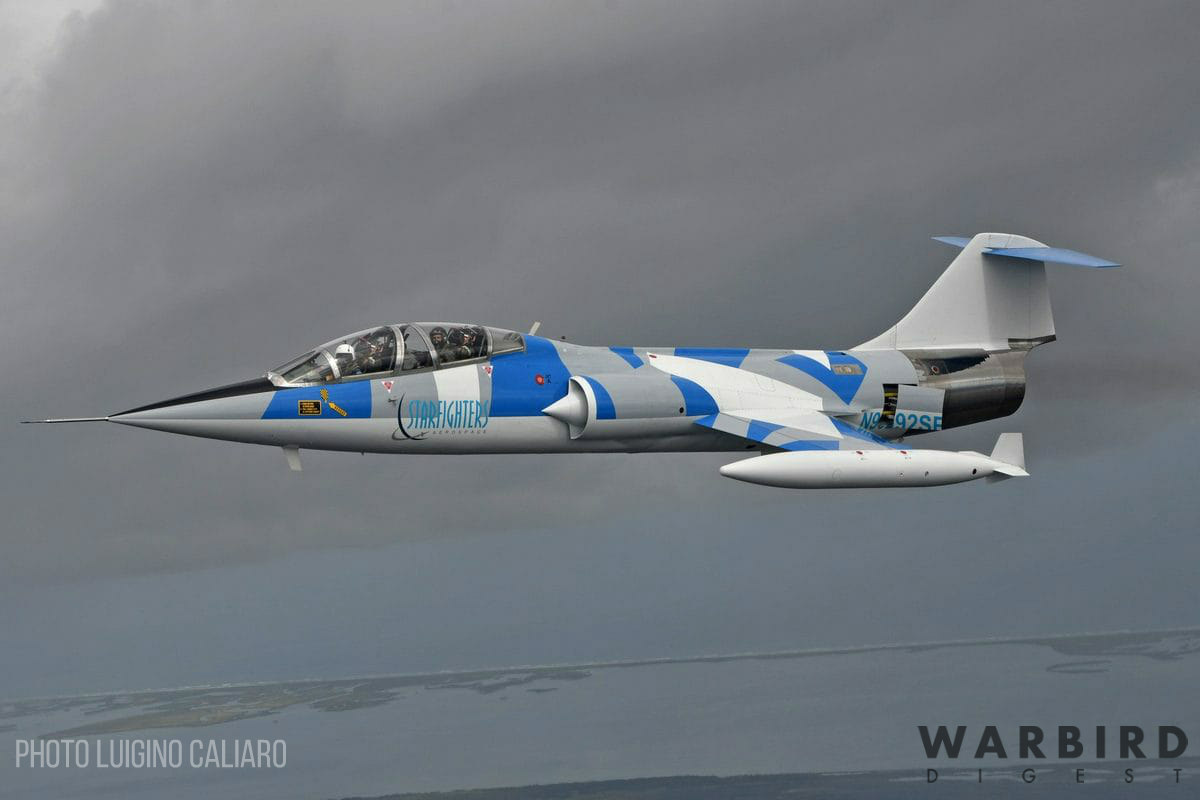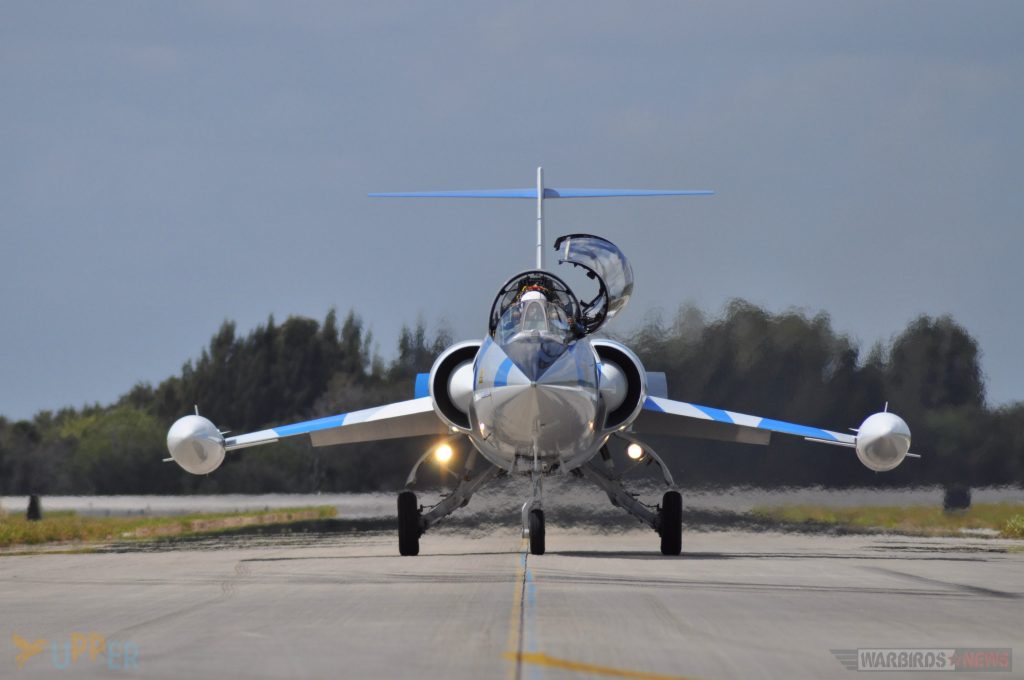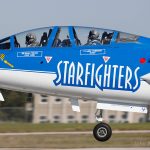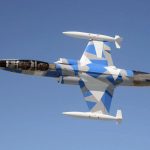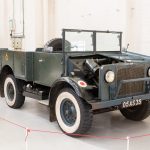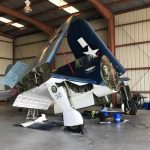Back in mid-July this year, an unusual event took place off the US Atlantic coast near Titusville, Florida. A mighty Lockheed F-104 Starfighter belonging to Starfighters Aerospace at nearby Kennedy Space Center intercepted a Qatar Executive Gulfstream G650ER ultra-long range biz jet. Certain habits die hard, one might say, with the F-104 performing almost exactly the same mission it was designed for back in the late 1950s, but in this case the Starfighter made a friendly interception on behalf of the organizers for One More Orbit whose Gulfstream jet was on a singularly unusual mission – circumnavigating the globe from pole-to-pole in record-breaking time. One More Orbit’s endeavor was designed as “a tribute to the past, present, and future of space exploration” coinciding as it did with the celebrations surrounding the Apollo 11 lunar landing’s 50th anniversary.
Taking off from the runway once used by the Space Shuttle at Cape Canaveral at precisely 09:32 EDT on July 9th, the same lift-0ff time for Apollo 11 almost fifty years to the day earlier, the aircraft made its global crossing through both poles and returned to the same spot precisely 46 hours, 40 minutes and 22 seconds later – breaking the previous record by 5 hours, 51 minutes and 26 seconds as certified by the Fédération Aéronautique Internationale and Guiness Book of World Records.
The F-104 met the Gulfstream as she arrived back at Kennedy Space Center, welcoming the team home from their arduous flight which stopped just three times enroute to refuel (at Nur-Sultan, Kazakhstan; Port Louis, Mauritius; and Punta Arenas, Chile). It goes without saying that seeing the F-104 re-enacting the job for which it was designed, albeit for a peaceful reason, was rather incredible. Designed in the 1950s by Kelly Johnson’s team at Lockheed, the F-104 can operate at speeds in excess of Mach 2. It set many altitude records in its day, being the first jet aircraft to pass 100,000 feet. In another feat, the type also simultaneously held the world speed and altitude records – also a first. Because of its remarkable capabilities, NASA also selected the aircraft to help train its astronauts during the 1960s. Starfighters Aerospace’s FAA-certified ground crew maintains a small fleet of the fighters, amongst the last of the breed to be manufactured during the late 1970s, at their facility within Kennedy Space Center.
Warbird Digest took the opportunity recently to catch up with PierCarlo Ciacchi, chief pilot for Starfighters Aerospace. Ciacchi noted, “Every time I get to fly again in the Starfighter is an immense pleasure – I am a lucky guy! This year we flew about 50 hours, of which 30 were flown by myself. This last ‘interception’ requested by the team One More Orbit was a good opportunity to brush off some of the procedures I used to fly when in active duty with the Italian Air Force.”
As we have mentioned in a previous article, licensed pilots with both the means and the urge to fulfill a test pilot’s dream now have direct access to flight training in the magnificent Lockheed F-104 Starfighter. This follows Starfighters Aerospace’s 2018 authorization from the Federal Aviation Administration that opens the skies above NASA’s Kennedy Space Center for pilot training in the legendary supersonic aircraft. An FAA Letter of Deviation Authority, or LODA, allows licensed pilots to receive type-specific training in the same ‘right-stuff’ jets that NASA has used for decades to prepare their astronauts for spaceflight and to conduct aeronautical research.
For more information and to learn how to fly in the F-104 Starfighter visit www.starfighterstore.com







